HDAC
Histone deacetylases (HDACs), known for their ability to target histones as well as more than 50 non-histone proteins, are classified into three major classes according to their homology to yeast proteins, including class I (HDAC1, HDAC2, HDAC3 and HDAC8), class II (HDAC4, HDAC5, HDAC7 and HDAC9) and class IV (HDAC11). HDAC inhibitors, a large group of compounds that is able to induce the accumulation of acetylated histones as well as non-histone proteins, are divided into several structural classes including hydroxamates, cyclic peptides, aliphatic acids and benzamides. HDAC inhibitors have been investigated for their efficacy as anticancer agents in the treatment of a wild range of cancers.
-
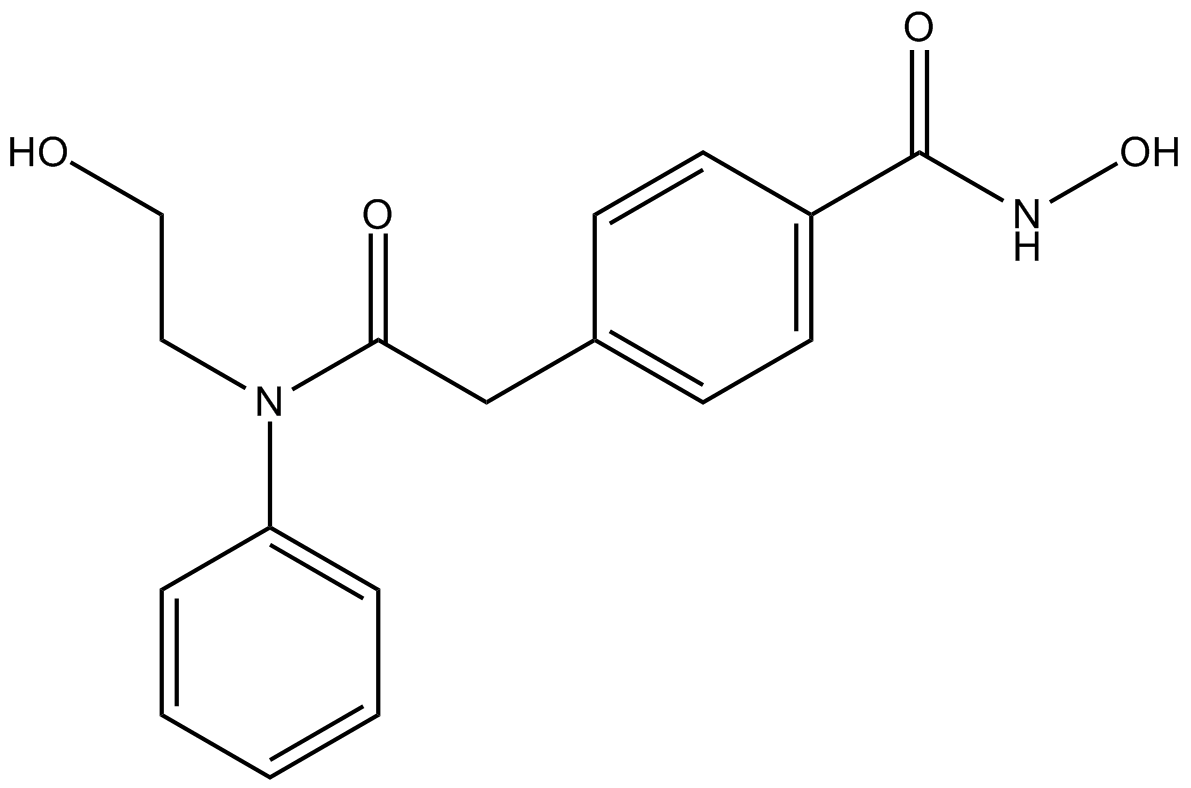 B4890 HPOB1 CitationTarget: Histone Deacetylases (HDACs)Summary: HDAC6 inhibitor, potent and selective
B4890 HPOB1 CitationTarget: Histone Deacetylases (HDACs)Summary: HDAC6 inhibitor, potent and selective -
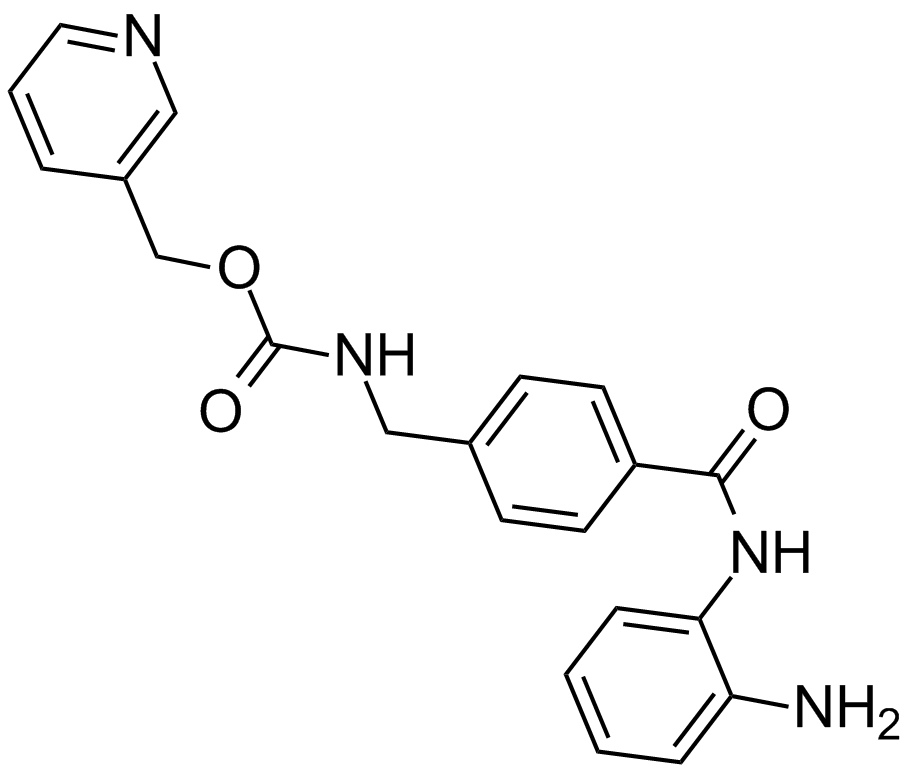 A8171 Entinostat (MS-275,SNDX-275)2 CitationTarget: Histone Deacetylases (HDACs)Summary: HDAC1 and HDAC3 inhibitor
A8171 Entinostat (MS-275,SNDX-275)2 CitationTarget: Histone Deacetylases (HDACs)Summary: HDAC1 and HDAC3 inhibitor -
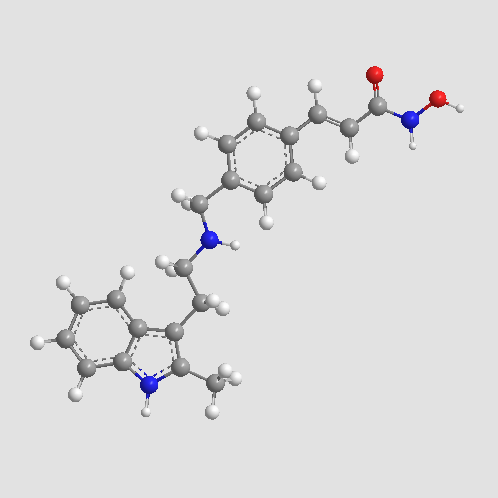 A8178 Panobinostat (LBH589)10 CitationTarget: Histone Deacetylases (HDACs)Summary: HDAC inhibitor
A8178 Panobinostat (LBH589)10 CitationTarget: Histone Deacetylases (HDACs)Summary: HDAC inhibitor -
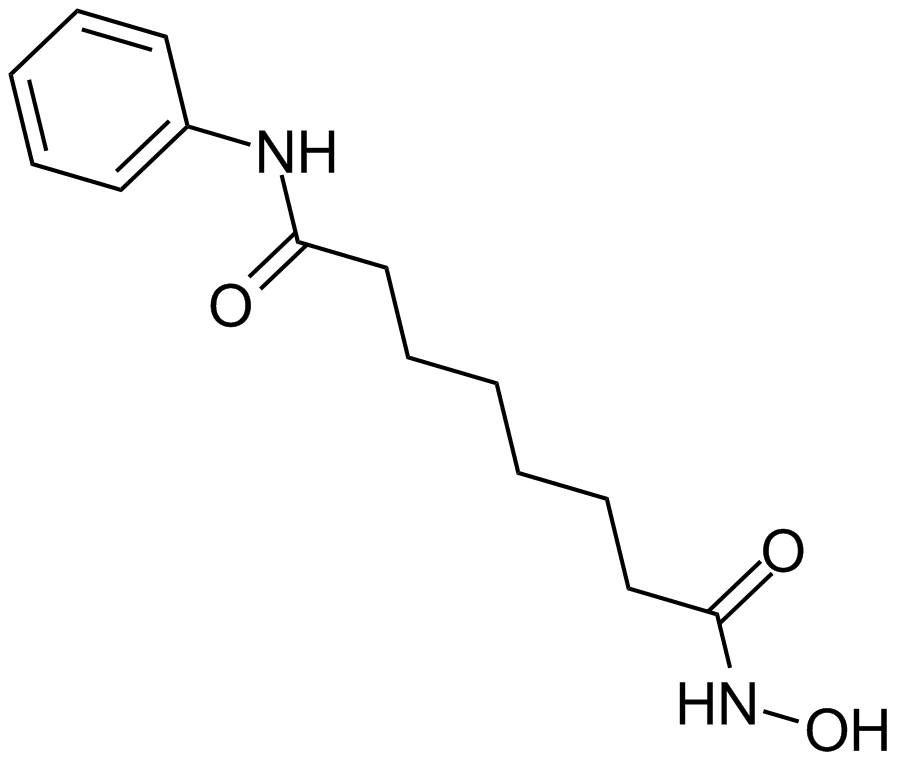 A4084 Vorinostat (SAHA, MK0683)9 CitationTarget: Histone Deacetylases (HDACs)Summary: HDAC inhibitor
A4084 Vorinostat (SAHA, MK0683)9 CitationTarget: Histone Deacetylases (HDACs)Summary: HDAC inhibitor -
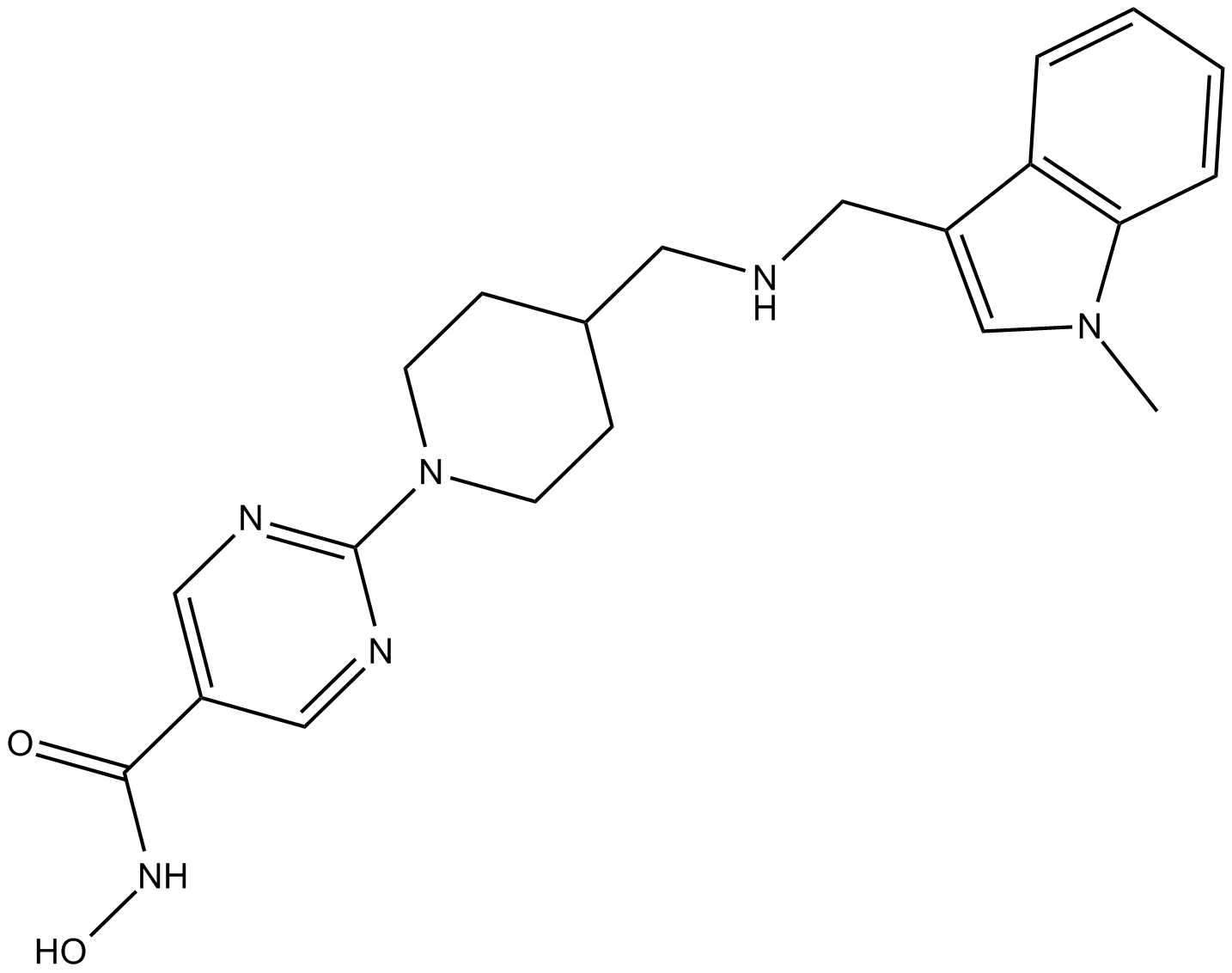 A4090 JNJ-264815853 CitationTarget: Histone Deacetylases (HDACs)Summary: Potent HDAC inhibitor
A4090 JNJ-264815853 CitationTarget: Histone Deacetylases (HDACs)Summary: Potent HDAC inhibitor -
 A4096 Belinostat (PXD101)2 CitationTarget: Histone Deacetylases (HDACs)Summary: Hydroxamate-type HDAC inhibitor
A4096 Belinostat (PXD101)2 CitationTarget: Histone Deacetylases (HDACs)Summary: Hydroxamate-type HDAC inhibitor -
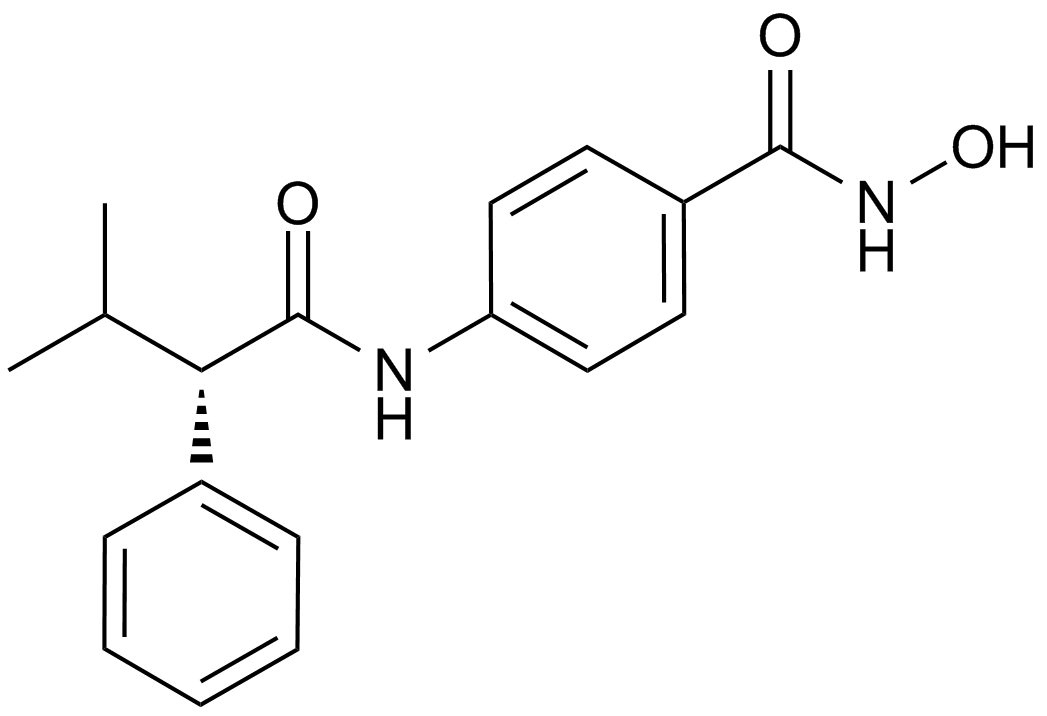 A4104 AR-42 (OSU-HDAC42)2 CitationTarget: Histone Deacetylases (HDACs)Summary: HDAC inhibitor,novel and potent
A4104 AR-42 (OSU-HDAC42)2 CitationTarget: Histone Deacetylases (HDACs)Summary: HDAC inhibitor,novel and potent

